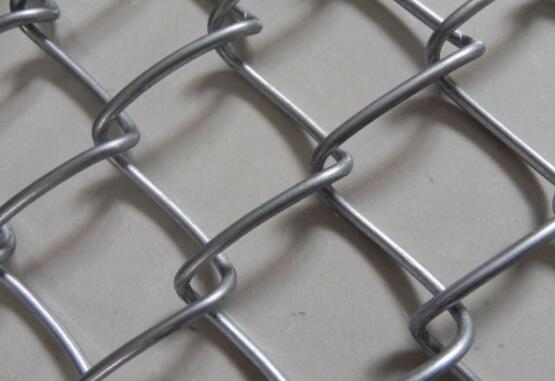Exploring Perforated Mesh Versatility and Applications
Perforated mesh, a material characterized by its array of holes or openings, has carved out a significant niche in various industries due to its unique properties and versatility. Its design—featuring precise patterns of holes—allows for the selective passage of air, light, water, and other substances, making it a crucial component in numerous applications ranging from construction and architecture to automotive and industrial settings.
What is Perforated Mesh?
Perforated mesh is typically made from materials such as metal, plastic, or fiberglass. The perforation process involves creating holes or slits in a sheet of material, which can vary in shape, size, and spacing based on the intended use. This perforation enhances the functionality of the mesh, allowing it to serve multiple purposes while retaining structural integrity. Metal perforated sheets, for instance, are often created from stainless steel, aluminum, or carbon steel, known for their durability and resistance to corrosion.
Architectural Uses
In architecture, perforated mesh plays a pivotal role in modern design aesthetics and functionality. Architects utilize perforated metal sheets for facades and cladding, not only to enhance visual appeal but also to improve energy efficiency. The perforations allow for effective ventilation, reducing the heat buildup in buildings, while still providing a barrier against the elements. Furthermore, these materials can diffuse sunlight, creating a soft, ambient light within structures and reducing the need for artificial lighting.
Industrial Applications
In industrial settings, perforated mesh is favored for its strength and adaptability. It is commonly used in filtration systems, where it serves as a physical barrier that allows fluids or gases to pass through while trapping unwanted particles. This capability is invaluable in industries such as oil and gas, water treatment, and food processing, where maintaining purity and quality is paramount. Additionally, perforated sheets are used in conveyor systems and racks, offering support while enabling effective airflow.
perforated mesh

Automotive Industry
The automotive industry has also embraced perforated mesh for both functional and aesthetic purposes. It is commonly found in components like grilles, air intake systems, and acoustic panels. The perforated design not only enhances airflow for cooling purposes but can also reduce weight compared to solid materials. Additionally, manufacturers use perforated mesh in sound dampening applications, effectively reducing noise levels within vehicles for a more comfortable ride.
Environmental Benefits
One of the notable advantages of perforated mesh is its contribution to sustainability. By promoting ventilation and natural light, buildings utilizing this material can decrease energy consumption. Furthermore, perforated mesh can be employed in green building practices, such as living walls or green roofs, allowing for drainage and the growth of vegetation. This integration of nature into urban settings enhances biodiversity while improving air quality.
Customization and Variety
The versatility of perforated mesh is seen in its availability in various shapes, materials, and perforation patterns. Customization is a significant factor that allows designers and engineers to specify exactly what they need for their projects. Whether it's a specific hole size to facilitate airflow or a decorative pattern that enhances aesthetic appeal, the ability to customize perforated mesh opens the door to innovative solutions across various fields.
Conclusion
In conclusion, perforated mesh serves as an essential material across multiple industries, from architectural designs that balance utility and beauty to industrial applications that require durability and efficiency. Its adaptability, combined with environmental benefits, makes it an invaluable asset in modern construction and manufacturing practices. As technology evolves and the focus on sustainability increases, the demand for perforated mesh is likely to expand, inviting further creativity and innovation in its applications. The evolution of this material is a testament to how functional design can intersect with artistic expression, ultimately leading to smarter, more efficient, and aesthetically pleasing solutions in our built environment.

















